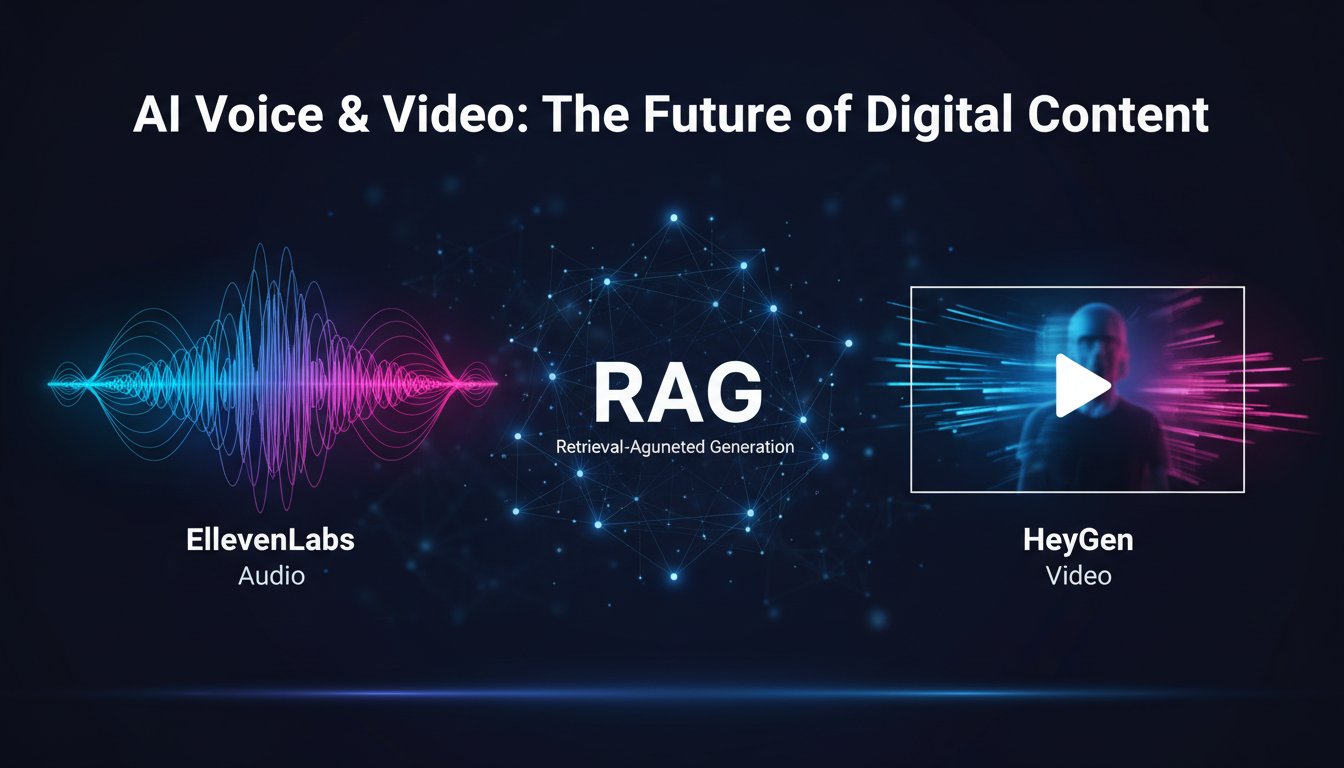Introduction
Imagine a fortress, its walls patrolled by tireless sentinels, their eyes sharp, their reflexes lightning-fast. This is the promise of AI in threat detection: an impenetrable defense against the ever-evolving landscape of cyberattacks. We’re told that AI algorithms can sift through mountains of data, identify anomalies, and neutralize threats before they even materialize. But what if this fortress has hidden weaknesses, vulnerabilities that leave your enterprise RAG system exposed?
The uncomfortable truth is that AI-powered threat detection, while powerful, is far from infallible. The rush to adopt these technologies often overshadows critical security considerations, leaving businesses vulnerable to sophisticated attacks. Many assume AI will solve all of their security challenges when in reality, misconfigured, poorly trained, or inadequately secured AI models can introduce new risks.
This blog post will delve into the ugly truth about AI model security in threat detection. We’ll explore the emerging threats that specifically target AI systems, the often-overlooked vulnerabilities in enterprise RAG implementations, and practical steps you can take to strengthen your defenses. By the end, you’ll have a clear understanding of the challenges and a roadmap for building a more secure AI-powered threat detection system.
Let’s dive in.
The False Sense of Security: Where AI Threat Detection Fails
Many organizations fall into the trap of believing that simply implementing AI-driven security tools guarantees complete protection. This is a dangerous misconception. AI models are only as good as the data they’re trained on, and their effectiveness can be severely compromised by several factors.
Data Poisoning: Undermining the Foundation
One of the most insidious threats to AI model security is data poisoning. Attackers can inject malicious data into the training dataset, subtly altering the model’s behavior. This can lead to the AI misclassifying threats or even identifying legitimate activity as malicious, creating a backdoor for attackers.
- Example: Imagine an AI model trained to detect phishing emails. If attackers inject a large number of emails with subtle variations that are labeled as “safe”, the AI may learn to overlook these variations, allowing future phishing attacks to slip through.
Adversarial Attacks: Exploiting Weaknesses
Adversarial attacks involve crafting specific inputs designed to fool the AI model. These attacks exploit vulnerabilities in the model’s architecture or training process, causing it to make incorrect predictions.
- Example: Researchers have demonstrated that they can create small, almost imperceptible perturbations to images that can cause image recognition AI to misclassify objects. Similar techniques can be used to fool AI-powered threat detection systems into ignoring malicious code or network traffic.
Lack of Robustness: Fragility in the Face of Change
AI models can be surprisingly fragile when faced with changes in the environment. If the data distribution shifts or new attack patterns emerge, the model’s performance can degrade significantly. This lack of robustness can leave organizations vulnerable to novel threats.
- Example: An AI model trained to detect malware based on specific file signatures may become ineffective when attackers start using polymorphic malware that constantly changes its signature.
Securing Enterprise RAG Systems: A Practical Approach
Given these challenges, how can organizations secure their AI-powered threat detection systems, especially those leveraging enterprise RAG?
Implementing Robust Input Validation
The first line of defense is to implement rigorous input validation. This involves carefully scrutinizing the data that is fed into the AI model, looking for signs of data poisoning or adversarial attacks.
- Best Practices: Employ techniques like anomaly detection and statistical analysis to identify suspicious data points. Implement data sanitization procedures to remove potentially malicious content.
Employing Adversarial Training
Adversarial training involves exposing the AI model to adversarial examples during the training process. This helps the model learn to recognize and resist these attacks, making it more robust.
- How it Works: Generate adversarial examples using techniques like gradient-based methods and incorporate them into the training dataset. Monitor the model’s performance on both clean and adversarial data to ensure it is learning effectively.
Monitoring and Retraining: Continuous Improvement
AI model security is not a one-time fix. It requires continuous monitoring and retraining to adapt to evolving threats. Organizations should regularly assess their models’ performance, identify areas of weakness, and retrain them with new data.
- Key Steps: Implement a robust monitoring system to track the model’s accuracy and identify anomalies. Regularly retrain the model with new data to keep it up-to-date with the latest threats. Consider using techniques like active learning to prioritize data points for retraining.
The New AI Model Security Framework
The new framework for AI model security emphasizes robustness, safety, and alignment. This framework provides a structured approach to securing AI models throughout their lifecycle, from development to deployment.
- Key Principles:
- Robustness: Ensuring the model can withstand adversarial attacks and data poisoning.
- Safety: Preventing the model from causing unintended harm.
- Alignment: Ensuring the model’s behavior aligns with human values and ethical principles.
The Path to Secure AI Threat Detection
Securing AI-powered threat detection is an ongoing journey, not a destination. It requires a proactive approach, a deep understanding of the threats, and a commitment to continuous improvement. By implementing robust security measures, organizations can unlock the full potential of AI while mitigating the risks.
We started with a promise of an impenetrable fortress. But, the reality is far more nuanced. As we’ve explored, AI is a powerful tool, not a magic bullet. The key to unlocking its potential lies in understanding its limitations and taking proactive steps to mitigate the risks. Data poisoning, adversarial attacks, and a lack of robustness can all undermine the effectiveness of AI-powered threat detection.
Ready to take your AI threat detection security to the next level? Contact us today for a comprehensive security assessment of your enterprise RAG system. Our experts will identify vulnerabilities, recommend best practices, and help you build a more secure AI-powered defense.




